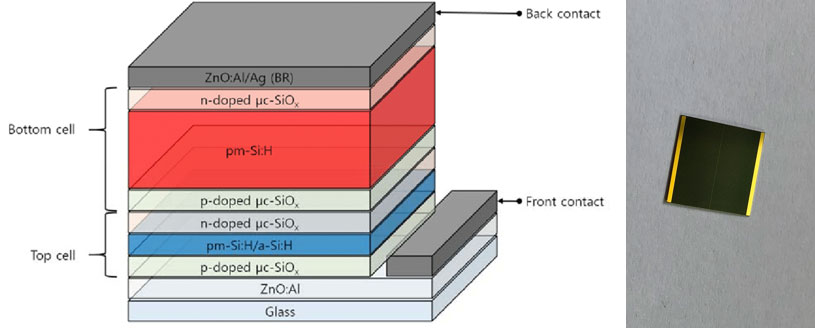Although GaAs is much more expensive than silicon, it can absorb sunlight better than silicon. The low-cost lens focuses the sun's light on the micro battery, which can gather 1100 times the sun's light. Their small size accounts for only one thousandth of the area of the whole solar cell module, which effectively reduces the cost of the module. In addition, the use of a large number of small batteries helps to disperse unnecessary heat, thus eliminating expensive heat sinks.

GaAs is a typical II-V compound semiconductor material with a direct energy band gap of 1.42ev (300K), which can absorb sunlight well. Therefore, GaAs is an ideal solar cell material. GaAs solar cells can absorb 95% of the strongest part of the solar spectrum by selecting about 5um as the thickness of the active region. The inverted band gap width matches the solar spectrum. The band gap width of GaAs is just in the energy gap range required by the best solar cell material, and has higher theoretical conversion efficiency. The efficiency of GaAs solar cells decreases slowly with the increase of temperature, and can work in a higher temperature range. It has strong radiation resistance. GaAs is a direct band gap material, with short minority carrier life, damage beyond several diffusion degrees of the junction, and has no effect on the photocurrent and dark current. Therefore, GaAs solar cells have good radiation resistance. Due to the increasingly mature growth technology of I-V ternary and quaternary compounds (GalnP, AlGalnP, galnas, etc.) semiconductor materials, the design of solar cells is more flexible, which greatly improves the efficiency of solar cells and reduces the cost.
Single junction GaAs solar cells can be divided into LPE GaAs and MOVPE GaAs solar cells according to their growth modes. GaAs or Ge can be selected as the substrate. However, GaAs is a direct band gap material with large light absorption coefficient and the thickness of the active layer only needs about 3 microns. Therefore, in principle, the substrate can be completely corroded after the growth of GaAs cells, Only about 5 microns of active layer is left, so as to make ultra-thin GaAs battery, which can obtain high unit mass specific power output. At present, the specific power of ultra-thin (UT) GaAs battery can reach 670 wikg, while the specific power of 100 micron high-efficiency Si battery is only 330 wlkg.